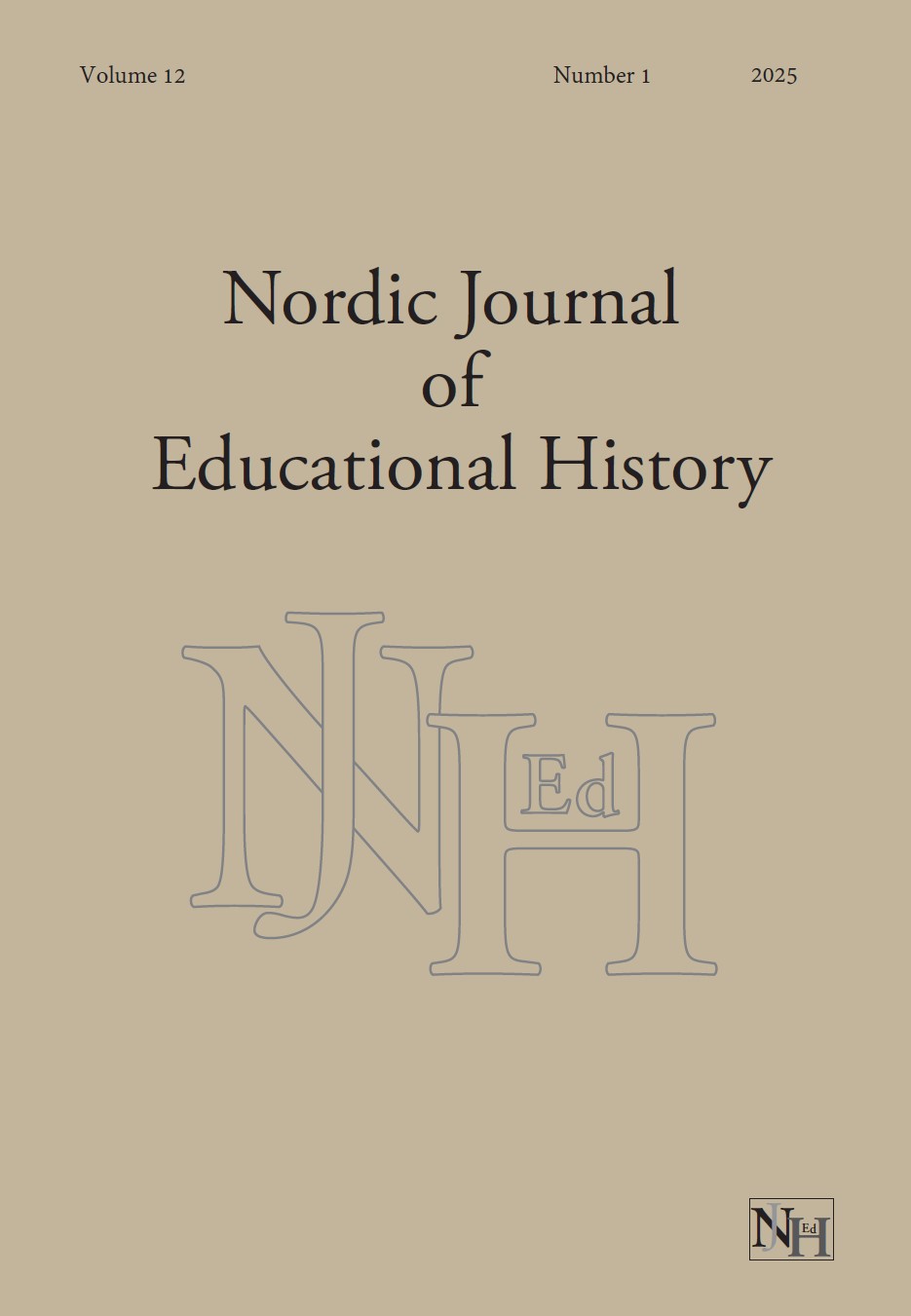Common Sense Diagrams: The US Two-Party System in Magruder’s American Government, 1917–2023
DOI:
https://doi.org/10.36368/njedh.v12i1.1038Keywords:
civic education, common sense, diagrams, textbook research, two-party systemAbstract
This article investigates how the two-party system is analysed in text and diagrams in US government textbooks. The diagrams are analysed with the help of theories from the cognitive sciences. Magruder’s American Government has dominated the US civics textbook market since its first edition in 1917. That year, the textbook referred to “the four leading parties,” and the two-party system concept first appeared in a diagram in 1930. From 1939, the two-party system was considered a trait of English-speaking countries and was contrasted to the chaotic multiparty systems in Europe, which could end up in dictatorship. From the 1950s, the two-party system was explained as an effect of the electoral system and as a reflection of the lack of divisions in US society. Diagrams of the party system were gradually simplified until the 1990s, when they implied that Democrats and Republicans had unbroken roots in the late 1700s. From the 2010s, more critical explanations of the two-party system appeared, such as that the major parties issue legislation that hinder the formation of new parties.
Downloads
Published
How to Cite
Issue
Section
License
Copyright (c) 2025 Janne Holmén

This work is licensed under a Creative Commons Attribution 4.0 International License.
This is an open access journal, which means that all content is freely available without charge to the user or his/her institution. Users are allowed to read, download, copy, distribute, print, search, or link to the full texts of the articles featured in the journal without asking prior permission from the publisher or the author. This is in accordance with definition of open access as formulated by the Budapest Open Access Initiative (BOAI). All authors who publish in this journal agree to the following terms:
- Authors retain copyright and grant the NJEdH the right of first publication. The work is licensed under Creative Commons Attribution License (https://creativecommons.org/licenses/by/4.0/), which allows others to share and distribute the work as long as it is attributed to the author and its initial publication in the NJEdH is acknowledged.
- Authors are encouraged to distribute the work themselves with information on its initial publication in the NJEdH, e.g. upload it to open repositories linked to their personal website or institutional affiliation, or publish it in a book.
The NJEdH is permitted non-exclusive distribution of the work, with attribution to the author, e.g. in a print book themed anthology.


